Adopting a dog brings immense joy and anticipation yet often accompanies an unexpectedly high initial cost.
A myriad of factors contribute to this expense: the popularity of certain breeds, meticulous breeding practices, veterinary care, and even global economic events. These factors, though costly, represent just a fraction of the overall investment.
- COVID-19 increased demand for puppies, raising prices.
- Breeding 'designer' mixes often comes with high prices.
- Adoption often includes shots and spaying/neutering fees.
This article delves into these aspects, offering a detailed understanding for prospective dog owners about the true cost behind every tail wag and bark.
This post may include affiliate links.
The information provided herein is for informational purposes only. Please refer to our disclaimer for more details..
- Why Are Puppies So Expensive Right Now?
- What Expenses Are Related to Getting a Dog?
- How Does Breed Affect the Cost of a Puppy?
- Specialized Breeding is Expensive and Its Effect on Puppy Prices
- Why Are French Bulldogs and Other Specific Breeds So Expensive?
- Why Are French Bulldogs and Other Specific Breeds So Expensive?
- The Role of Breed Popularity and Demand on Puppy Prices
- Choosing Between Large Dogs, Small Dogs, and Breed-Specific Dogs
- What Long-Term Expenses Are Included in Dog Ownership?
- How To Plan Financially for Getting a Dog
- FAQs on Why Dogs Are So Expensive
Why Are Puppies So Expensive Right Now?
Image source: Hannah Grace
Recently, the price of puppies has gone way up, and there are several reasons for this increase. Let’s break down these factors to understand why it’s become more expensive to get a dog.
The Impact of COVID-19 on the Cost of Puppies
Firstly, COVID-19 – this global pandemic has changed many things, including puppy prices. With more people at home, the need for a furry friend grew a lot. But breeders struggled to meet this high demand, and that pushed prices up.
Also, travel restrictions messed with a lot – from getting veterinarian care to moving puppies around, which made everything pricier.
The Role of Breeding in Puppy Prices
Breeding puppies is a careful job—it involves health checks, genetic tests, and medical care. These steps are important, but they cost extra money. Good breeders spend a lot on the health and happiness of the parent dogs and their puppies. This is why their puppies can be pricey.
Also, there’s a trend in breeding ‘designer’ mixed breeds. These are special mixes of two purebreds, claimed to have the best features of both. They often have high prices.
Why Specific Breeds Are More Expensive
Why some puppies cost more depends on their breed. Some breeds are rare or have special features, like being ‘hypoallergenic,’ so they are more expensive. Breeds that need special breeding methods or have few puppies in a litter also cost more. And if a breed is known for good traits—like being smart or having a nice temperament—this can push their price up, too.
How Pet Stores and Puppy Mills Affect the Cost
Pet stores and puppy mills are often criticized for how they affect puppy costs. These places usually get their puppies from large breeding places, where making money is more important than the puppies’ welfare. At first, their puppies might seem cheaper—but the hidden costs come later due to health and behavior problems.
Now, more pet owners are speaking out against these practices. This is leading to a change in the market, where ethical breeding is valued more, and this might make prices go up.
The Influence of Supply and Demand in the Puppy Market
Supply and demand play a big role in the cost of puppies. If lots of people want puppies but there aren’t enough, the prices go up. This was obvious recently, especially with more people wanting puppies during the pandemic.
Also, the popularity of certain breeds changes fast, often because of celebrities or movies. When a specific breed becomes popular, its price usually jumps up. This shows how trends can influence the puppy market.
What Expenses Are Related to Getting a Dog?
Image source: Jametlene Reskp
Getting your furry friend is exciting but comes with a bunch of costs that you need to think about.
The Initial Cost of Purchasing a Puppy vs Adopting from a Shelter
If you decide to buy a puppy—maybe one with a fancy family tree—you might have to shell out a lot of dough. We’re talking hundreds or even thousands of bucks depending on what kind of puppy you choose, who’s selling it, and where you live.
But, if you go the adoption route, not only could you save some cash—usually just $50 to $300—you also give a good home to a dog that needs one. They have puppies available for adoption most of the time. This low-cost fee often covers important stuff like fixing the dog, giving it its first shots, and putting in a microchip.
Plus, adopting means you’re helping out your local shelter, which is always a big plus.
The Expense of Vet Visits and Vaccines
When you get a new pup, you’ve got to plan for vet visits and shots, which are super important for your dog’s health. Right off the bat, you’re looking at around $200 to $800 in the first year for check-ups, shots, and stuff to keep the fleas and worms away.
After that, you’re probably going to spend about $100 to $300 each year to keep them healthy. And if your dog has special health needs or needs an emergency vet, the price can jump up even more.
Puppy-proofing Your Home
Getting your home ready for a playful pup is more than just finding a snug spot for them to snooze—it’s about keeping both the little furball and your stuff safe. You’ll need to pick up some gates to block off rooms, chew-proof toys to keep them entertained, and furniture covers to shield your sofa.
The cash you’ll drop on this can vary—a modest $50 or up into the hundreds, all hinging on how much puppy-proofing your place needs.
Also, make sure your puppy won’t be able to run away from home.
Why High-Quality Dog Food Drives Up the Expenses
Feeding your pup top-notch food is a big deal for their health, but, yeah, it’s going to cost you. Opting for the good stuff—with real ingredients and less junk—means you can expect to pay $20 to $60 monthly for a dog that’s not too big. But if your dog is a giant or needs a special diet, you’re looking at even higher bills.
The Cost of Professional Dog Training
Getting some professional help for your dog can be a smart move if you’re new to dog parenting or dealing with some tricky behaviors. If you opt for group classes, you’re looking at around $50 to $125 for a series of four to eight weeks.
But if you want personalized one-on-one lessons for your dogs with separation anxiety etc, it could be pricier, ranging from $30 to $100 an hour. It’s an investment in a well-behaved furry friend!
How Does Breed Affect the Cost of a Puppy?
Image source: freestocks
The breed of a puppy often sets its price tag. For example, dogs like French Bulldogs come with a hefty price and this is because of how they are bred.
Specialized Breeding is Expensive and Its Effect on Puppy Prices
Good breeders put a lot of care into raising their furry friends. They do health checks and genetic tests, making sure each puppy is top-notch. This careful breeding bumps up the cost.
Breeders who focus on these details and follow strict breeding rules often have higher prices for their puppies. They want to reflect the extra effort and quality care that goes into their breeding programs before puppies ever find their own homes.
Why Are French Bulldogs and Other Specific Breeds So Expensive?
French Bulldogs are pretty expensive, and the same goes for similar snub-nosed breeds. These dogs will need special help to have babies—like artificial insemination and surgeries. Plus, they’re really popular, and everyone wants one, but there aren’t enough to go around, so the price jumps up.
Why Are French Bulldogs and Other Specific Breeds So Expensive?
As for litter size, it’s a big deal too. Take English Bulldogs—they usually have just a few pups in one go. With fewer furry babies to sell, each one becomes more valuable. This scarcity means breeders charge more for each puppy, reflecting their rarity and the extra care they’ve received.
The Role of Breed Popularity and Demand on Puppy Prices
When a dog breed becomes trendy, maybe because famous people have them or they’re seen on TV, their prices tend to soar—everyone wants to have their star pet. The demand goes up, but there aren’t enough puppies for everyone who wants one, so breeders charge more.
Choosing Between Large Dogs, Small Dogs, and Breed-Specific Dogs
Deciding on what size of dog to get, like choosing between a big dog or a little one, also affects how much you’ll spend over time. Bigger dogs will eat more and might need more meds, which means more money. And if you pick a breed with lots of health problems or one that needs special care, you’re looking at higher costs throughout their life.
This is different from mixed breeds or tougher dogs that usually don’t need as much special attention or have fewer health worries.
What Long-Term Expenses Are Included in Dog Ownership?
Long-term dog ownership involves a series of recurring expenses that can add up over time:
- Regular Vet Visits: Owning a dog means keeping them healthy with vet trips—for check-ups, shots, bug prevention, teeth cleaning, and fixing. These visits can add up quickly to a big chunk of change every year.
- Lifetime Dog Food: Good food for your furry friend over their lifetime can hit your wallet hard, especially if your large breed dog eats more or has a special diet.
- Pet Insurance: It can be a lifesaver for surprise vet bills but remember—it comes with its monthly costs and might not cover everything.
- Extra Care Costs: Things like grooming, staying at a kennel, or daily walks— if you can’t do them yourself, you’ll be paying someone else to help out.
- Unexpected Health Problems: Sometimes dogs get sick out of the blue, and treating them can cost a lot—having insurance or some savings can help with these unexpected expenses.
How To Plan Financially for Getting a Dog
Planning financially for a dog involves several considerations:
- Choosing a Puppy or Older Dog: Picking a young pup might mean more upfront costs for shots and surgeries like spaying or neutering. But, an older dog might bring more vet bills over time. Senior dogs may require extra care.
- Adopting a Pet: Going through places like the ASPCA and Humane Society can cut costs—they often include the first vet visit and shots in their adoption price. You can adopt dogs from local shelters.
- Affordable Vet Care: Keep an eye out for clinics that offer services at a lower price or think about getting pet insurance to help with vet expenses.
- Saving on Gear: Buying your dog’s food and stuff in bulk, watching for deals, and choosing less expensive brands can help save money.
- Initial Spending: Paying for durable items at the start—like a solid crate or toys that can’t be chewed through easily—can mean fewer costs down the line.
FAQs on Why Dogs Are So Expensive
Why are dogs expensive in the USA?
In the USA, dog prices went up because lots of people wanted a furry friend during COVID-19. Purebred and designer dogs, with their special care needs, rare looks, and top-notch family trees, can bump up the price. Also, bigger dogs or those with a calm nature and training may be pricier.
What is the cheapest dog, and why?
The tiny Chihuahua is often the least costly dog. They don’t eat much, usually stay healthy, and live a long time—up to 16 years. Plus, they don’t need much grooming. Other budget-friendly breeds include mixed breeds, Beagles, and American Foxhounds, which are easy to find and cheap to groom.
Is it expensive to own a dog?
Yes, having a dog can hit your wallet hard. There’s the initial price and then the ongoing costs for things like quality food, vet visits, grooming, and training over your dog’s lifetime.
What is the #1 most expensive dog?
The Tibetan Mastiff tops the list as the most expensive dog. These big, fluffy dogs can have a price tag starting at $7,000, and one was even sold for almost $2 million in 2014! Another one, named Big Splash, was sold for $1.5 million.
672views
Share on Facebook
 Dark Mode
Dark Mode 

 No fees, cancel anytime
No fees, cancel anytime 



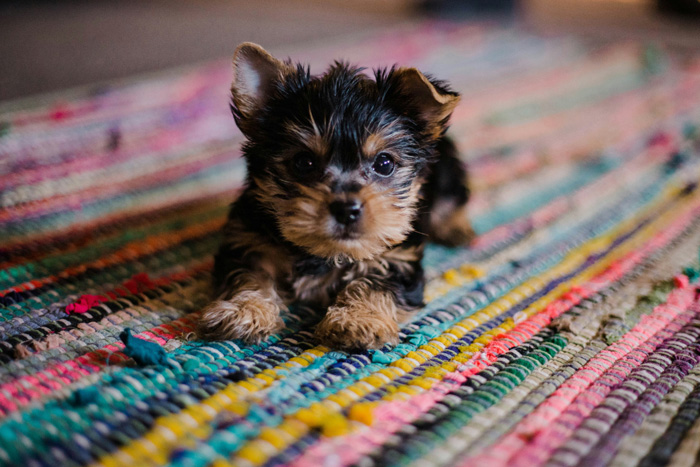
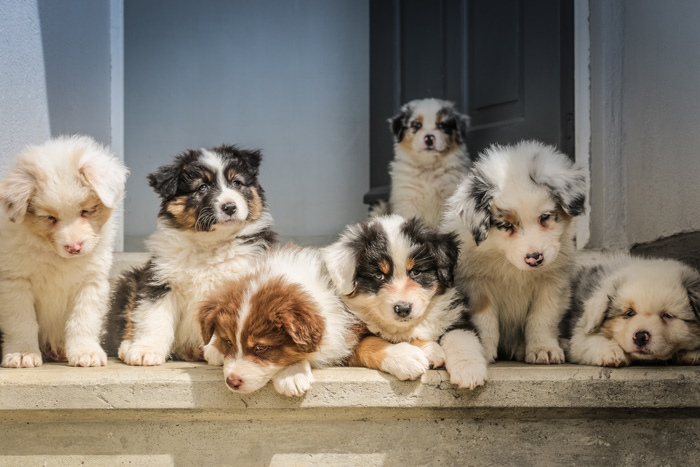







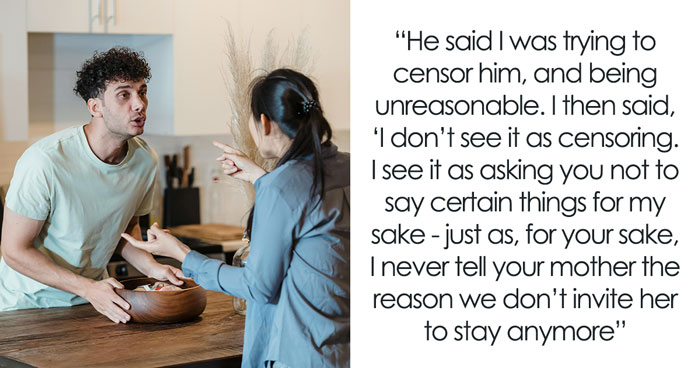






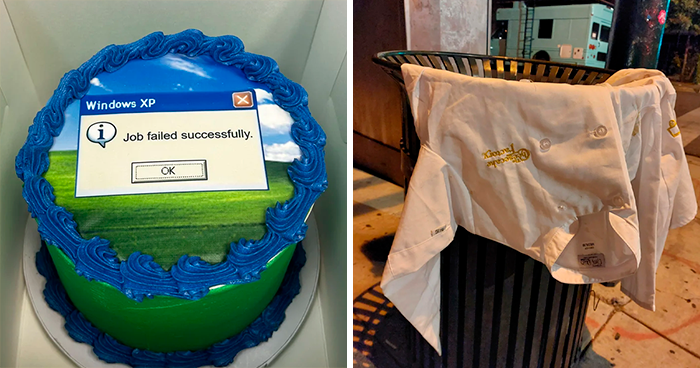


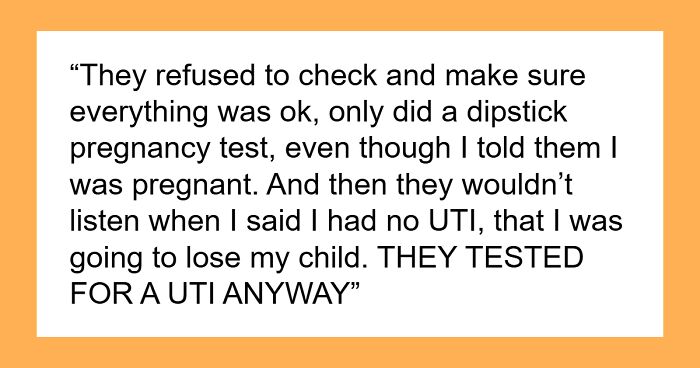

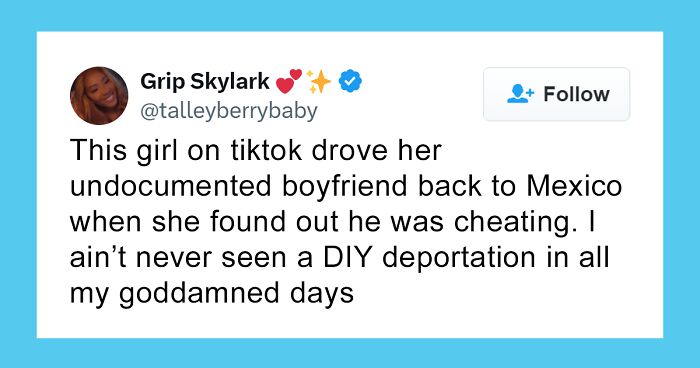




2
0